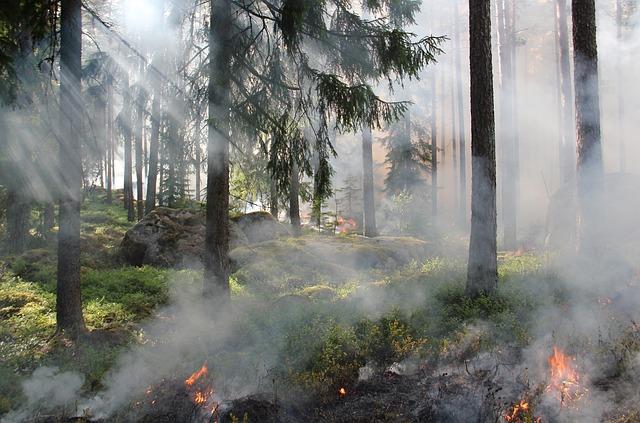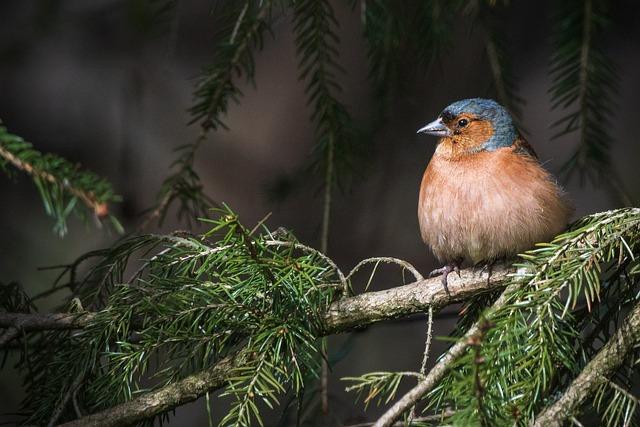- Introduction
- Importance of Biodiversity
- Role of Guardians in Preserving Biodiversity
- Challenges Faced by Guardians of Biodiversity
- Proposed Solutions for Biodiversity Conservation
- Conclusion
- FAQs
Introduction
Biodiversity is the variety of life forms on Earth, encompassing plants, animals, microorganisms, and ecosystems. It plays a crucial role in maintaining ecological balance and is essential for human well-being. Guardians of biodiversity are individuals, organizations, and communities dedicated to protecting and preserving the richness of nature.
Importance of Biodiversity

(Image: Pixabay/@AlainAudet)
Biodiversity provides numerous ecosystem services such as pollination, water purification, and climate regulation. It contributes to food security, medicine, and genetic resources essential for agriculture. Additionally, diverse ecosystems are more resilient to environmental changes, making biodiversity conservation vital for sustainable development.
Furthermore, biodiversity offers aesthetic, cultural, and recreational values, enriching people's lives and promoting ecotourism. Preserving biodiversity is not only crucial for current generations but also for the future, ensuring the planet remains habitable for all species.
Despite its significance, biodiversity faces numerous threats, including habitat destruction, pollution, overexploitation, climate change, and invasive species. As a result, concerted efforts are needed to safeguard the variety of life on Earth and prevent irreversible losses.
Role of Guardians in Preserving Biodiversity

(Image: Pixabay/@Ylvers)
Guardians of biodiversity play a pivotal role in protecting and conserving ecosystems, species, and genetic diversity. They engage in various activities such as habitat restoration, species monitoring, wildlife conservation, and public education campaigns to raise awareness about the importance of biodiversity.
Through their advocacy efforts and community initiatives, guardians work towards establishing protected areas, implementing sustainable practices, and influencing policy decisions to promote biodiversity conservation. Their dedication and passion contribute significantly to preserving natural heritage for future generations.
Moreover, guardians collaborate with scientists, policymakers, and stakeholders to develop conservation strategies, conduct research, and address emerging challenges in biodiversity conservation. By fostering partnerships and sharing knowledge, they enhance collective action towards achieving conservation goals.
Challenges Faced by Guardians of Biodiversity

(Image: Pixabay/@Prawny)
Despite their critical role, guardians of biodiversity encounter various challenges in their conservation efforts. Limited resources, inadequate funding, and lack of institutional support often hinder their capacity to address complex conservation issues effectively. Additionally, political conflicts, land-use changes, and global crises pose significant obstacles to biodiversity protection.
Furthermore, climate change, deforestation, pollution, and human activities continue to threaten biodiversity, requiring enhanced measures and innovative solutions to mitigate negative impacts. The interconnected nature of environmental problems necessitates holistic approaches and cross-sectoral cooperation to address conservation challenges comprehensively.
Overcoming these obstacles demands coordinated action, strong leadership, and sustained commitment from diverse stakeholders to protect and restore biodiversity for a sustainable future. By addressing the root causes of biodiversity loss and promoting conservation ethics, guardians can make a lasting impact on ecosystems and species preservation.
Proposed Solutions for Biodiversity Conservation

(Image: Pixabay/@Michael_Fotofreund)
To tackle the challenges facing biodiversity conservation, a combination of strategies and interventions is required. Investing in sustainable land management practices, promoting eco-friendly technologies, and implementing biodiversity-friendly policies are essential for safeguarding ecosystems and species.
Educating communities, empowering local stakeholders, and engaging youth in conservation activities can foster a sense of ownership and responsibility towards biodiversity protection. Creating networks, sharing best practices, and leveraging digital tools for monitoring and data analysis enhance the efficiency and impact of conservation initiatives.
Celebrating successes, recognizing local efforts, and promoting nature-based solutions contribute to building a culture of conservation and inspiring collective action. By integrating traditional knowledge, respecting indigenous cultures, and valuing diverse perspectives, guardians of biodiversity can bridge cultural divides and promote inclusivity in conservation efforts.
Conclusion
In conclusion, guardians of biodiversity play a crucial role in safeguarding the richness and variety of life on Earth. By raising awareness, advocating for conservation policies, and implementing practical solutions, they contribute to preserving ecosystems, species, and genetic diversity for future generations. Despite facing challenges, guardians' dedication, innovation, and collaboration provide hope for a sustainable future where biodiversity thrives.
FAQs
What are the primary threats to biodiversity?
The main threats to biodiversity include habitat loss, climate change, pollution, overexploitation, and invasive species. These factors contribute to species extinction and ecosystem degradation, highlighting the urgency of conservation efforts.
How can individuals contribute to biodiversity conservation?
Individuals can support biodiversity conservation by reducing their ecological footprint, raising awareness about conservation issues, supporting sustainable practices, and participating in local conservation initiatives. Small actions collectively make a significant impact on safeguarding biodiversity.
What role does policy play in biodiversity protection?
Policies and regulations are critical in shaping conservation efforts, establishing protected areas, and promoting sustainable land use practices. Effective policy frameworks can ensure the long-term viability of ecosystems and species, providing a legal basis for biodiversity conservation.

